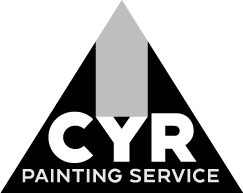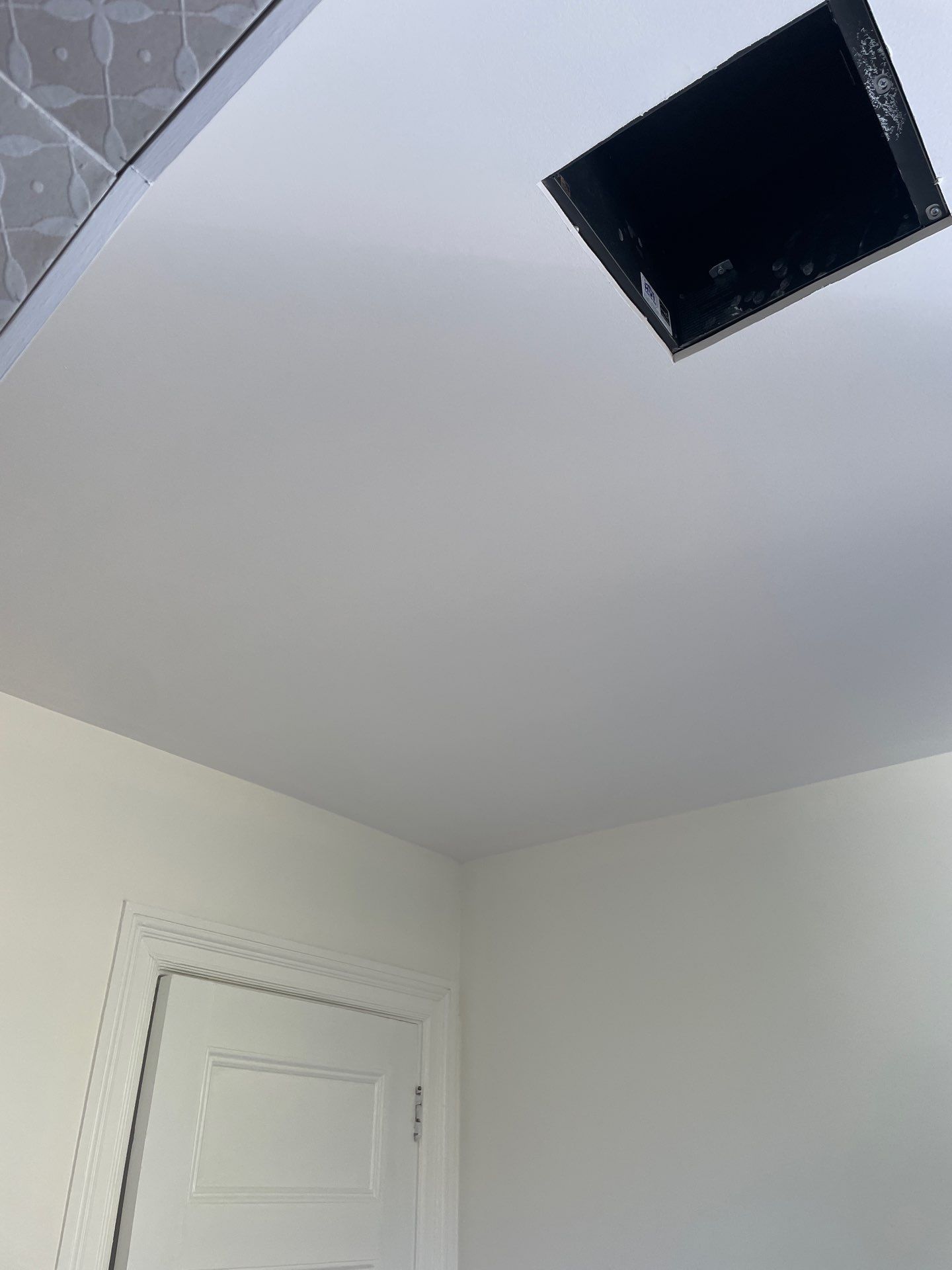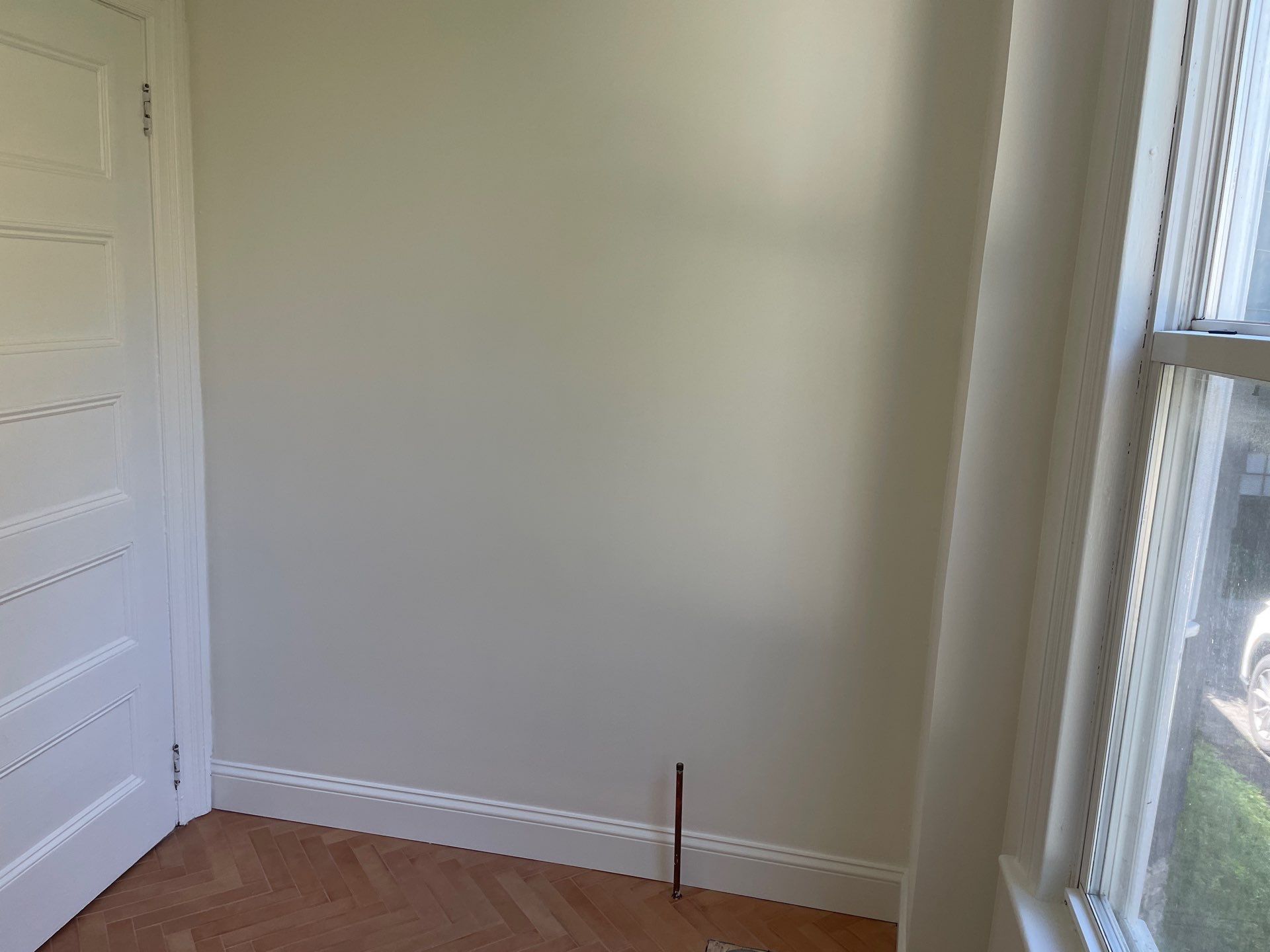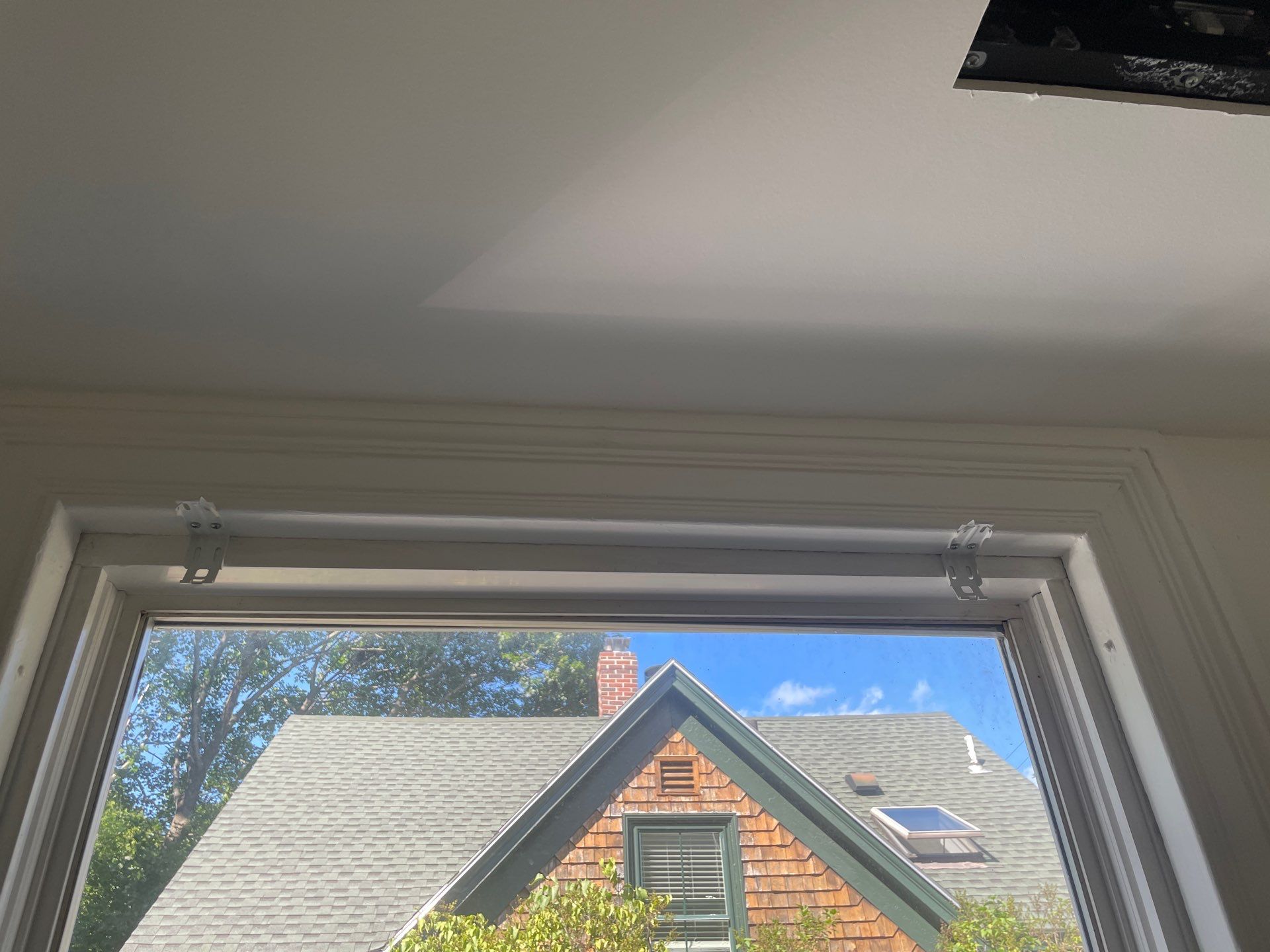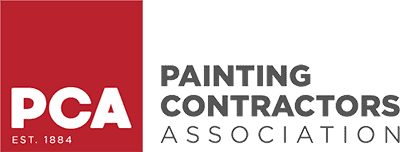At first glance, the choice seems simple. Spray painting looks fast and professional, while roll painting feels familiar and manageable. But the truth is more nuanced. Both methods can deliver beautiful, durable results, if used in the right situations. Choosing incorrectly, however, can lead to wasted time, uneven finishes, or premature paint failure.
The immediate answer: spraying is generally faster and produces a smoother finish on large, smooth surfaces, while roll painting is slower but offers more control, especially on textured walls and smaller spaces. The right option depends on your goals, the surfaces being painted, the products you’re using, and your budget.
In this guide, we’ll break down everything that happens when deciding between spraying and roll painting, from how each method works to how it impacts efficiency, finish quality, durability, and cost.
Spray vs. Roller – Understanding the Basics
Spray Painting Overview
Spray painting uses airless or HVLP sprayers to apply paint as a fine mist. The equipment atomizes paint into small droplets, coating surfaces quickly and evenly.
-
Best for: large, flat surfaces like walls, ceilings, cabinets, and doors.
-
Advantages: rapid coverage, smooth professional finish, access to tight corners or detailed trim.
-
Disadvantages: requires intensive prep to control overspray, higher equipment cost, and more cleanup.
Professional painters often use airless sprayers for entire homes because they can cover hundreds of square feet per hour. HVLP sprayers, on the other hand, are better for fine finishes—think cabinetry and furniture refinishing.
Roll Painting Overview
Rolling is the traditional method most homeowners are familiar with. It uses rollers of different nap lengths along with brushes for edging.
-
Best for: textured walls, small rooms, and ceilings.
-
Advantages: lower upfront cost, minimal overspray, greater control.
-
Disadvantages: slower on large surfaces, risk of roller marks, more coats may be needed for an ultra-smooth finish.
Roll painting works especially well when homeowners want to avoid masking entire rooms or when they’re painting over heavy textures like knockdown or orange peel.
Surface and Paint Suitability
Surfaces Best Suited for Spraying
Spray painting shines on smooth, uninterrupted surfaces where efficiency and sleek finish matter most.
-
Drywall in new construction
-
Ceilings (especially vaulted or expansive)
-
Kitchen cabinets and doors
-
Furniture refinishing projects
Spray application also pairs best with high-gloss or semi-gloss paints, which show brush and roller marks easily.
Surfaces Best Suited for Roll Painting
Roll painting provides better control on smaller or irregular surfaces where overspray would be problematic.
-
Textured drywall
-
Popcorn ceilings or stucco
-
Small bathrooms and bedrooms
-
Trim-heavy areas
It’s also more forgiving when using budget-friendly paints, where multiple coats may be required anyway.
Recommended Prep Tools and Products
No matter which method you choose, prep is critical. Skipping steps here undermines the durability of any paint job.
| Prep Category | Recommended Products |
|---|---|
| Primers | Zinsser Cover-Stain, Sherwin-Williams Multi-Purpose Primer |
| Caulks/Sealants | Sashco Big Stretch, SherMax Elastomeric |
| Sanding Tools | Festool orbital sander, Makita finishing sander |
| Masking Supplies | 3M Painter’s Tape, drop cloths, plastic sheeting |
Finish Quality: Smoothness and Consistency
Spray Finish Characteristics
Spraying creates an ultra-smooth, professional-grade finish. It eliminates roller stippling or brush strokes, making it the go-to method for high-visibility projects.
Spraying is especially valuable with:
-
High-gloss finishes (which magnify imperfections)
-
Trim and molding (where brush marks stand out)
-
Cabinetry (where a near-factory smoothness is expected)
However, spraying demands skill. Too much paint in one pass creates drips and sags. Too little coverage leaves patchiness.
Roller Finish Characteristics
Rolling leaves a slight texture behind. On walls, this is often invisible once dry—but it can be noticeable compared to sprayed surfaces.
The upsides? Rolling is easier for DIYers, provides better control on irregular walls, and usually avoids drips. On textured walls, rolling actually produces more even coverage than spraying.
Real-World Service Examples
-
Kitchen Cabinets: A professional crew sprayed cabinets with Sherwin-Williams Emerald Urethane Trim Enamel. Result: near-factory smoothness with just 2 coats.
-
Living Room Walls: A homeowner rolled walls using Benjamin Moore Regal Select. Result: consistent finish after 3 coats, with minor stippling texture visible in sunlight.
Longevity and Durability
Key Factors for Longevity
Paint longevity isn’t just about spraying or rolling. Three factors matter most:
-
Surface prep – cleaning, sanding, and priming properly.
-
Paint quality – premium vs. budget options.
-
Application technique – number of coats and drying times.
Spray vs. Roll Longevity Insights
When applied correctly, both spray and roll finishes can last for years. The main differences lie in how they fail over time.
-
Spray: Because it lays down thinner, more even coats, it’s less prone to cracking or peeling.
-
Roll: Applies slightly thicker coats, which can help on textured walls but may require earlier touch-ups.
Product-Specific Longevity Recommendations
-
Exterior projects: Sherwin-Williams Duration or Benjamin Moore Aura (acrylic latex) perform exceptionally whether sprayed or rolled.
-
High-traffic interiors: Benjamin Moore Scuff-X or Sherwin-Williams SuperPaint maintain sheen longer when sprayed on smooth surfaces.
Application Efficiency, Labor, and Cost Considerations
Spray Painting Efficiency
Professional sprayers can coat 400–500 sq. ft. per hour, making them ideal for new builds, commercial spaces, or whole-house repaints. But keep in mind—prep and cleanup eat into that time.
-
Labor cost savings often make spraying cost-effective for pros.
-
Equipment cost is higher (sprayers range from $300–$3,000).
Roll Painting Efficiency
Rolling typically covers 150–250 sq. ft. per hour, depending on wall texture and roller nap. While slower, it requires minimal prep and no specialized equipment beyond rollers and brushes.
Rolling is ideal for DIY projects, small jobs, or when homeowners want to minimize masking and cleanup.
Comparison Table
| Factor | Spray Painting | Rolling |
|---|---|---|
| Labor Time | Faster on large surfaces | Slower |
| Prep & Masking | Extensive | Minimal |
| Equipment Cost | High | Low |
| Paint Waste | Higher (overspray) | Lower |
| Finish Quality | Ultra-smooth | Slight texture |
Common Concerns and How to Address Them
Overspray and Cleanup
-
Spray painting: Requires drop cloths, plastic sheeting, and taping off trim. Cleanup takes longer.
-
Roll painting: Minimal overspray. Easy to clean brushes and rollers.
Skill Requirements
-
Spray Painting: Demands steady hand and experience. Inexperienced sprayers often cause runs.
-
Roll Painting: More forgiving, but technique still matters for even coverage.
Touch-Ups and Maintenance
-
Spray: Harder to touch up seamlessly—blending repairs is tricky.
-
Roll: Touch-ups are easy; most small patches disappear after drying.
People Also Ask
Q: Does spray painting provide a better finish than rolling?
Yes—especially on smooth, large surfaces. Rolling works better on textured walls.
Q: Which method is more durable, spray or roll paint?
Both last equally long if prep and paint quality are correct.
Q: Is spraying more expensive than rolling?
Yes upfront, but labor savings can offset costs on large projects.
Q: Can premium paint be applied with a roller?
Absolutely. Multiple coats may be required for a spray-smooth look.
Q: Is spray painting suitable for DIY projects?
Yes, but it requires masking, prep, and some skill to avoid mistakes.
Making the Right Choice for Your Walls
So, should you spray or roll paint?
-
Spray painting is best for large, smooth surfaces, cabinetry, and projects where a flawless, professional-grade finish is the goal.
-
Roll painting is best for textured walls, small rooms, and DIY-friendly projects that need control without major prep.
In the end, both methods can deliver durable, high-quality results. The choice depends on your surface type, project size, budget, and desired finish. With premium paint, proper prep, and the right technique, either spraying or rolling can transform your walls and deliver results that last for years.
